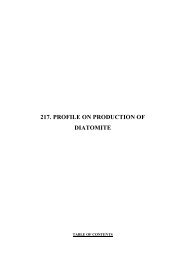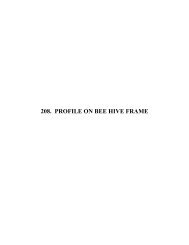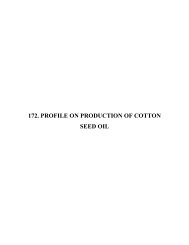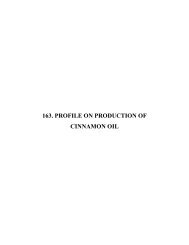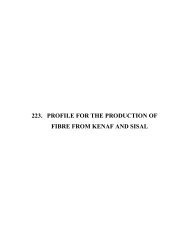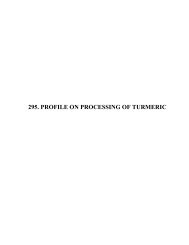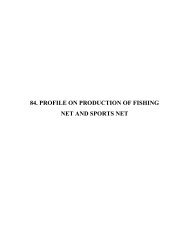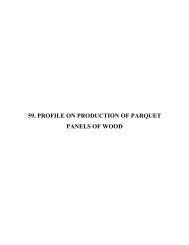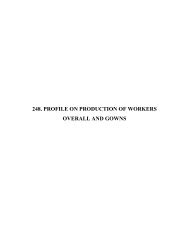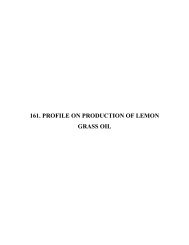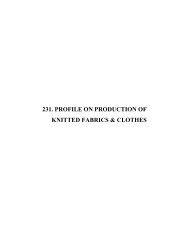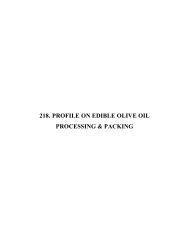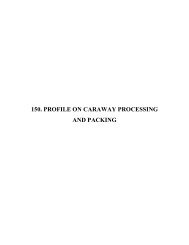guide 2000 English.pub - SNNPR Investment Expansion Process
guide 2000 English.pub - SNNPR Investment Expansion Process
guide 2000 English.pub - SNNPR Investment Expansion Process
You also want an ePaper? Increase the reach of your titles
YUMPU automatically turns print PDFs into web optimized ePapers that Google loves.
11LIVESTOCK RESOURCELivestock is the second major economic basis of the <strong>SNNPR</strong>S. According to the <strong>SNNPR</strong>S Basic Socio-Economic and Demographic Information (2007), the livestock population of the region is estimated 9.9 millioncattle 3.4 million sheep, 2.4million Goat 0.86 million Sheep and goat, 0.9 million equines 7.6 million poultry. Alarge number of the livestock is found on the highland parts of the region. In highland area crop production andlivestock rising exist on the same plots of land, with more emphasis given to crop production. In the low lands,however animal rising is the most important source of livelihood to the pastoralists.FISHERYAwassa, Abaya and Chamo, are the main sources of fishery resources for both local consumption and marketing withinthe region and beyond. The total potential of the three lakes is estimated at 11,500 tones per year. Of the three lakes,Abaya constitute (7000 tones) Chamo(3500)tones Awassa (1000 tones) (Con Stra. ofregion 2005). The total potential offish from rivers and other bodies in the region is estimated at 13000 tones per annum.HIDES & SKINS PRODUCTION & MARETHides and skins are the second highest foreign exchange earner products next to coffee. A total of 250210 hide and1106300 sheep and goatskins were delivered to the central market in 2007. Most usually Gurage, Gedeo, Gamogofa,Sidama and Kaffa are the highest producers.APICULTUREBee keeping is practiced in almost all zones and special Woredas in the <strong>SNNPR</strong>S. It has the potential fordevelopments through the establishment of small and medium industries. The region has suitable environmentalconditions, flora and fauna for bee colony and production of honey.INDUSTRYThe <strong>SNNPR</strong>S is among the regions of the country that have abundant resource bases, which can createfavorable environment for industrial development. It can provide raw materials for agro-industries such as cerealsfor flour factories, oil seeds for edible oil factories, hides and skins for tanneries. The region has resource potential formetallic, beverage and chemical industries.According to the data from the Central Statistical Agency, in 2004, there were a total of 84 large and medium scaleindustries in the region, which is 7.8% of the total 1074 manufacturing industries found in the country. In terms of thenumber of these industries, the <strong>SNNPR</strong>S is the fourth most industrious after Addis Ababa administration, and Oromia andAmhara National Regional States, which have 611 (56.9% of the total), 152 (14.2%) and 105 (9.8%) manufacturingindustries.MAY 2008AWASSA



